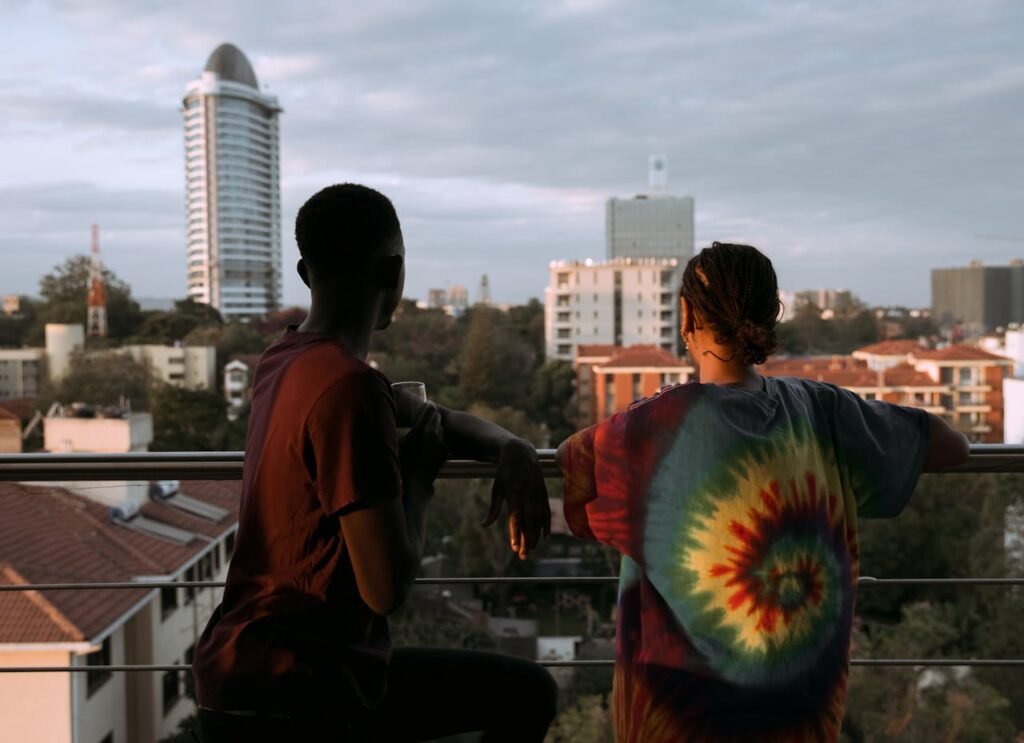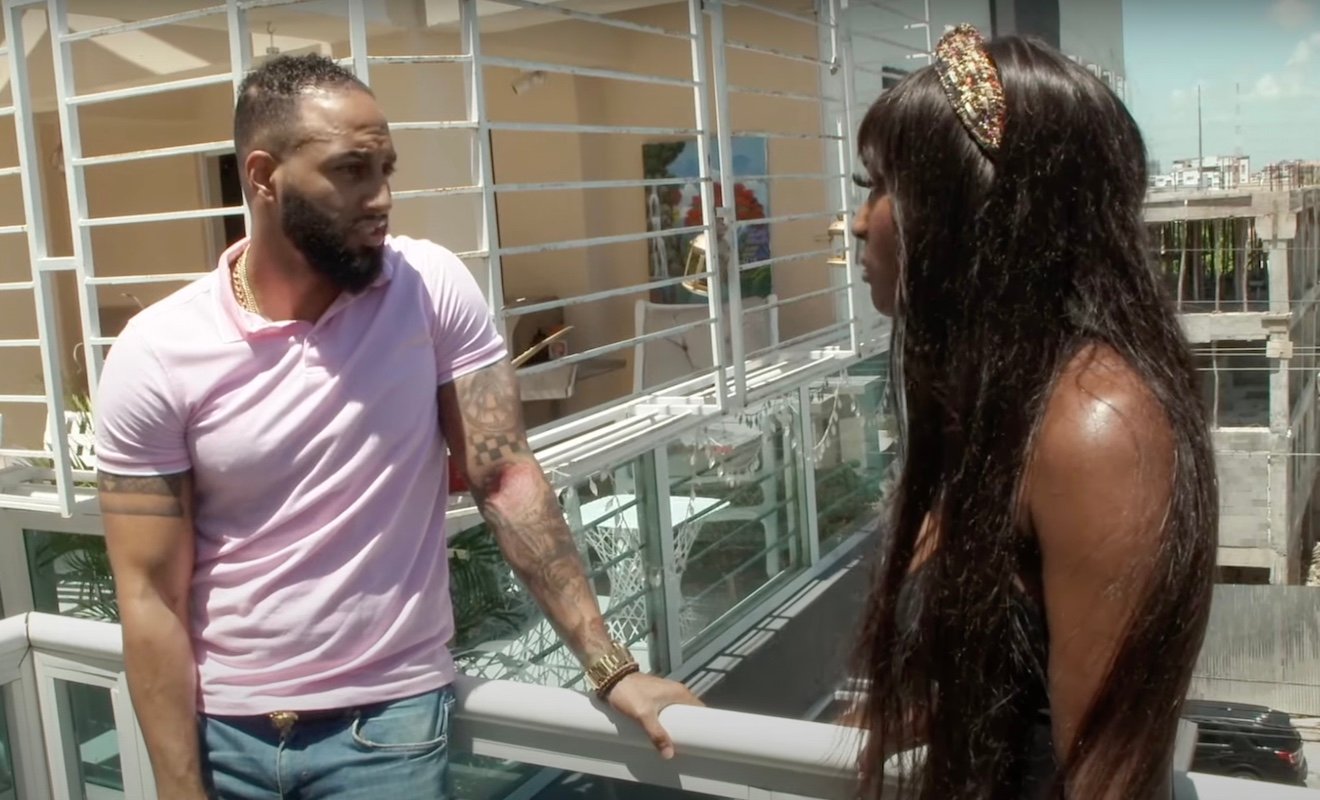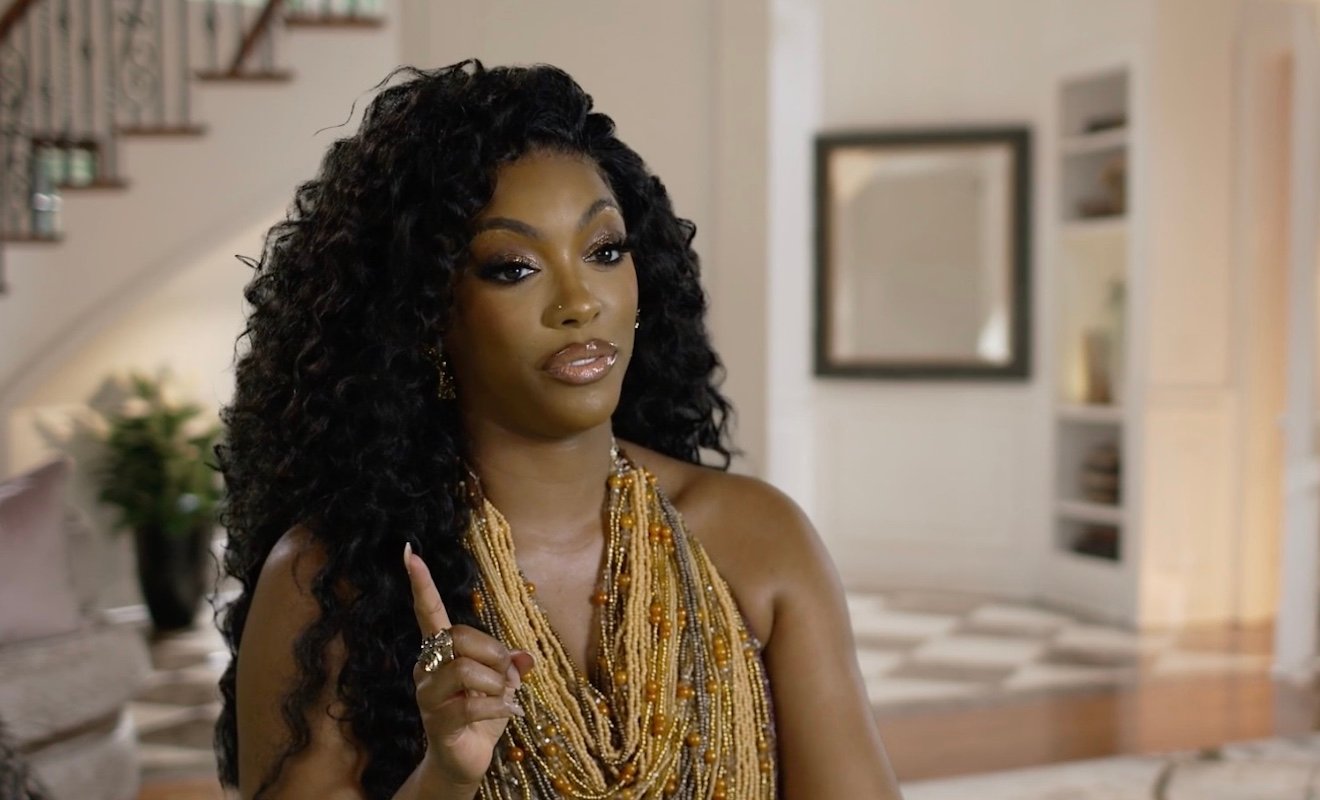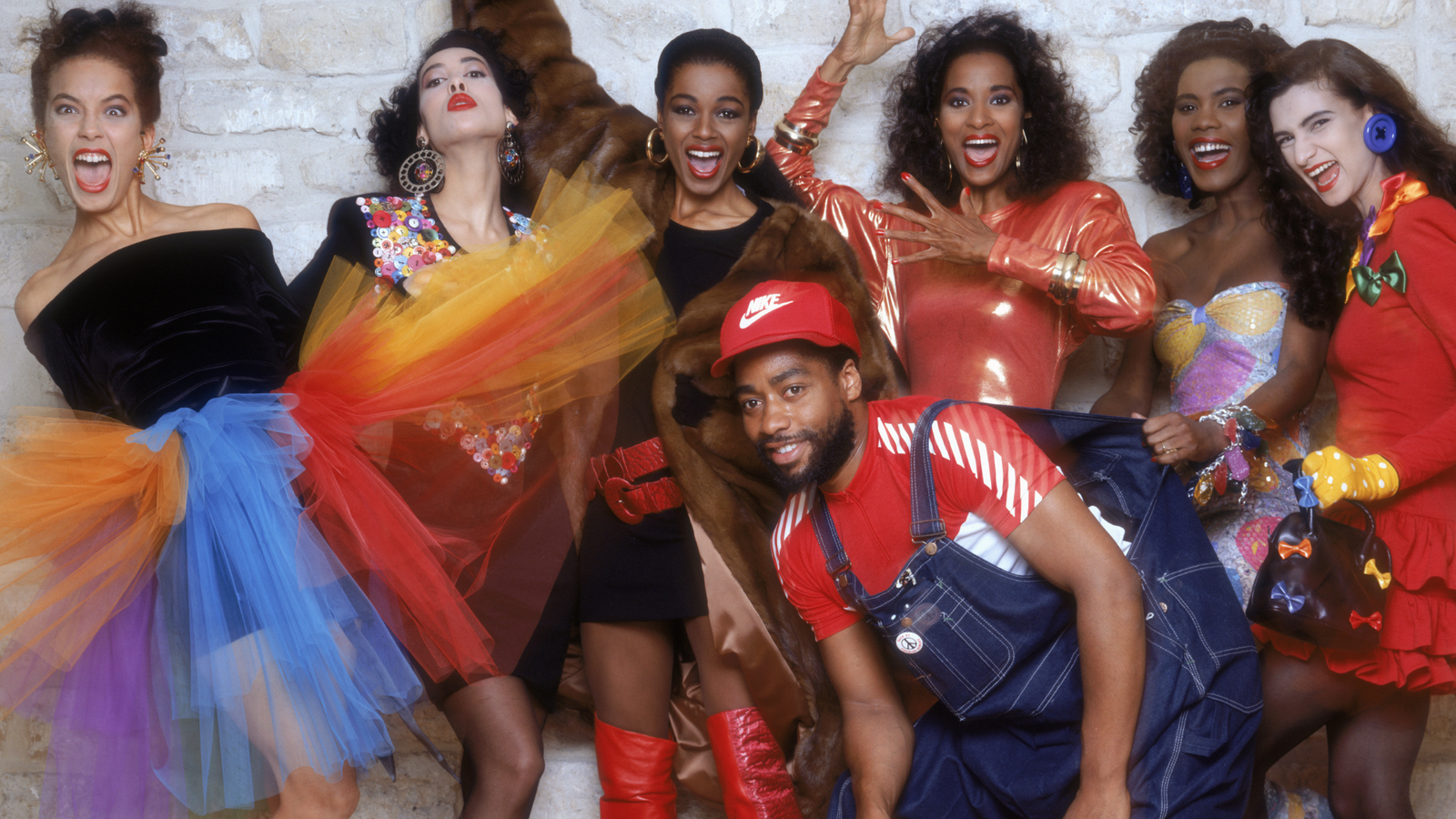TLDR: A Black man was found hanging from a tree in Albany, New York, classified as a suicide by police, but local residents and family members are skeptical due to historical context and minimal media coverage. Despite police claims, there is significant doubt about the circumstances of his death, echoing concerns regarding racial violence and the ongoing narrative of alleged lynchings in contemporary America.
The Unsettling Discovery: A Black Man Found Hanging in Albany
In a tragic incident that has left the Albany community in shock and suspicion, a Black man was discovered hanging from a tree on Westerlo Street. Initial police reports categorize the incident as a suicide; however, the local populace finds this assertion incredibly hard to accept. The community’s deep-seated fears stem not just from a tragic death but from America’s fraught history with racial violence and lynching.
The Incident that Sparked Outrage
On June 11, 2025, a call was made to law enforcement around 8 a.m. about a body hanging from a tree. Although Albany police quickly characterized the scenario as consistent with suicide, this announcement did little to quell the rising tide of skepticism within the community. Local social media reactions have been overwhelmingly vocal, with many highlighting the lack of sufficient media coverage surrounding the incident—an unsettling detail which only adds fuel to existing distrust.
The police released a statement claiming, “At this time, based upon preliminary investigation, the circumstances appear to be consistent with suicide and no evidence to suggest that the incident is criminal in nature.” Yet, for families and friends of the deceased, whose identity has been rumored to be Earl Smith, these words ring hollow against the backdrop of America’s painful legacy with racial violence.
Social Media’s Role in Amplifying Doubt
As concerns mount, social media platforms such as TikTok have burgeoned with commentary from local residents expressing disbelief and frustration at the minimal attention the case has received from mainstream media. Many are incredulous that a death occurring in such a fraught context could be easily dismissed and highlight how information about the incident appears to have stemmed largely from grassroots efforts rather than official channels.
“Haven’t heard a single thing about this until now. How is nobody saying anything about it?” questioned one commenter, encapsulating the sentiment that has taken hold in Albany.
The Legacy of Lynching in America
The connotations associated with a Black man hanging from a tree in America are deeply entrenched in cultural memory. Despite proclamations that racism has been largely eradicated, reminders of its presence arise constantly. The historical context of lynching reveals a narrative that still looms over many Black communities. The discovery of Smith’s body has evoked fears of a repeat of the violent past that they thought society had left behind.
Moreover, recent discussions are cropping up around the troubling prevalence of cases involving Black individuals found hanged, which are hastily classified as suicides. These stories resonate strongly, as in the case of Javion Magee, who was also found hanging under suspicious circumstances after having been seen purchasing rope prior to his death.
Mass Surveillance and Lack of Accountability
What raises eyebrows further in the Albany incident is the surrounding surveillance capability, heightened in the aftermath of recent events and trials involving prominent figures. Such technology should be able to provide clarity, yet lapses remain. Inquiries into why camera footage has not been made thoroughly accessible only amplify the community’s doubts.
Rising Skepticism Amidst Distrust
Given the sociopolitical climate exacerbated by current administrative rhetoric and policies, distrust is entrenched. White supremacist ideologies, permeating mainstream discourse, fuel fear that violence against Black individuals is not merely historic but continually evolving. Such an atmosphere makes the murder of Earl Smith—if proven to be one—one that echoes through time and resonates deeply within the engagement of current societal frameworks.
A Call for Transparency and Justice
As this case unfolds, it invites crucial conversations surrounding race, justice, and transparency. The community’s plea for thorough investigation and answers is not just an appeal for one individual’s case—it is a collective outcry against the institutional narratives that often overlook Black lives. Understanding what led to the man’s tragic death is not only a matter of local interest but serves as a crucial chapter in the ongoing narrative of racial equity and justice in America.












